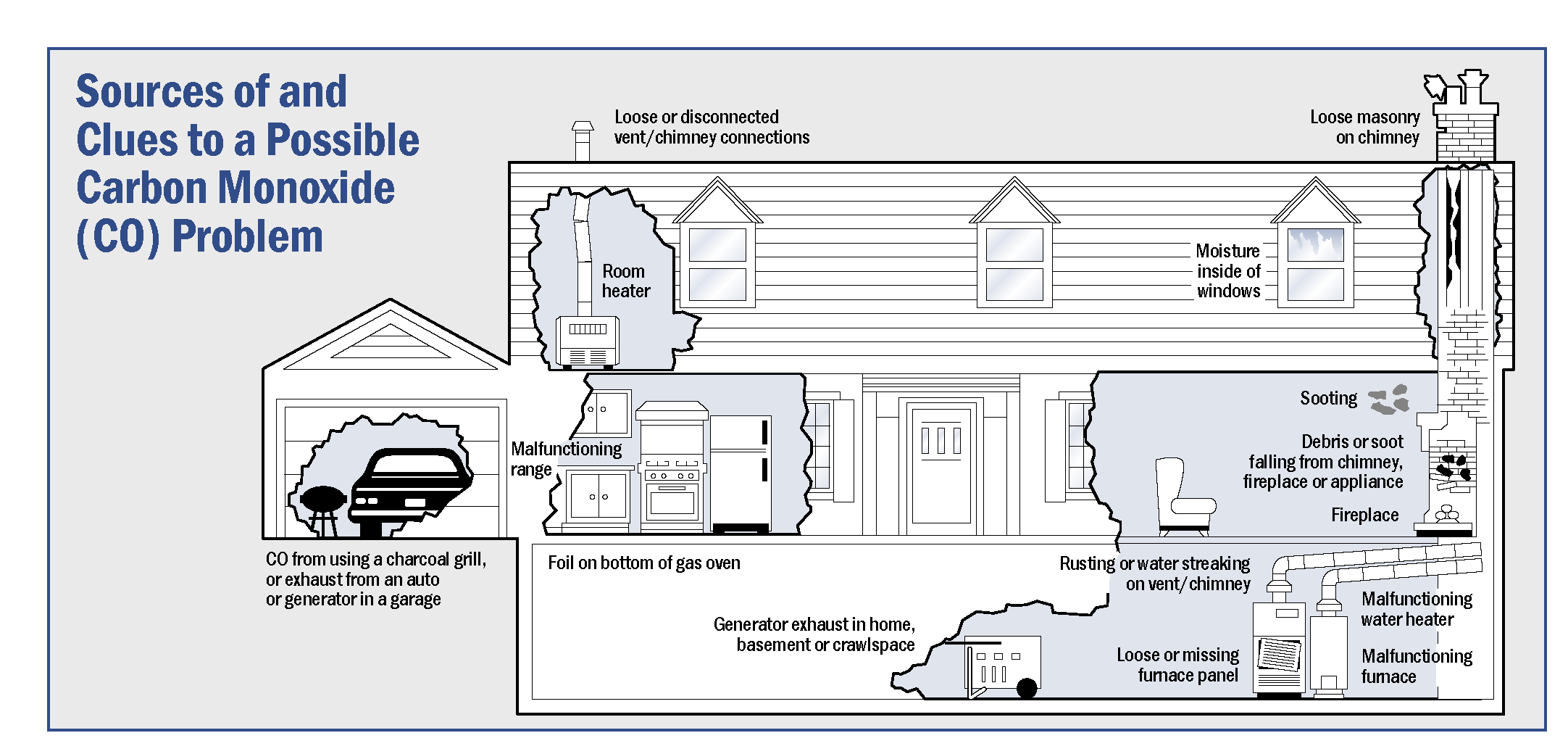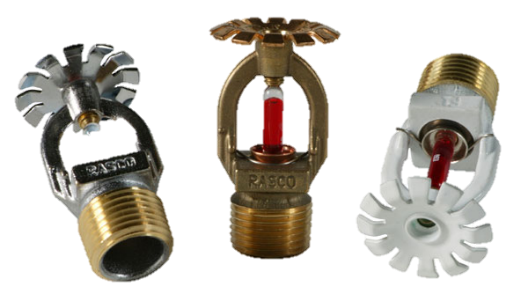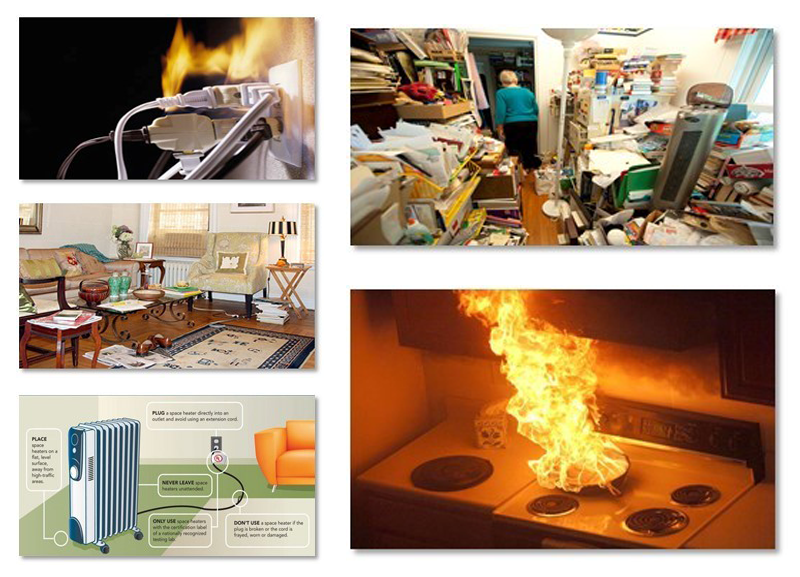Carbon Monoxide (CO) Alarm FAQs
If you have sources of carbon monoxide, often through an attached garage, fireplace or gas-fueled appliances, you should have an operational alarm in your home. Common sources for carbon monoxide include: furnaces, boilers, gas stoves, gas ovens, gas and wood fireplaces, water heaters, clothes dryers, wood stoves, power generators, motor vehicles, power tools, lawn equipment, and tobacco smoke.

Carbon monoxide alarms should be installed in a central location, outside sleeping areas and on every level of the home. Follow manufacture’s guidelines for placement and mounting height.
Carbon monoxide alarms can be rated for 5, 7, or 10 years, depending on the manufacture. Follow manufacture’s guidelines but when in doubt, replace the alarm.
Date of manufacture can be found on the back of your alarm. If the date is missing or unreadable, replace the alarm.
Test carbon monoxide alarms at least once a month. Replace alarms as earlier noted.
Check for low batteries and replace if needed. If it continues, calls your fire department.
Carbon monoxide alarms can be purchased at various local retailers. If you have questions or are unable to procure carbon monoxide alarms, contact us.









